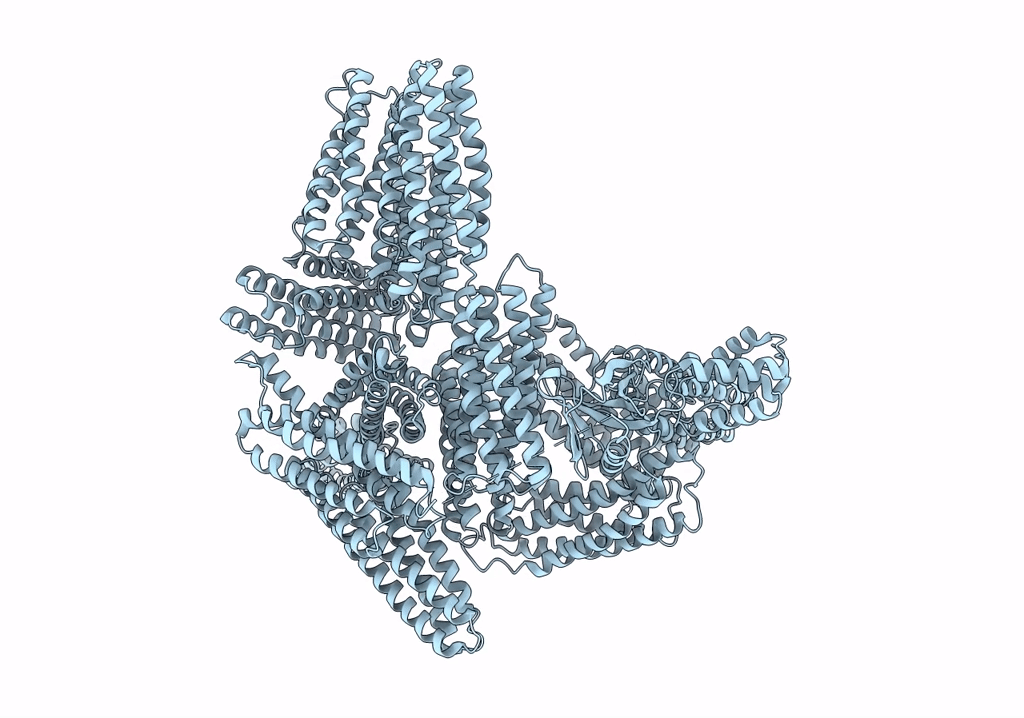
Deposition Date
2019-04-04
Release Date
2019-10-16
Last Version Date
2024-05-22
Method Details:
Experimental Method:
Resolution:
6.20 Å
Aggregation State:
PARTICLE
Reconstruction Method:
SINGLE PARTICLE


